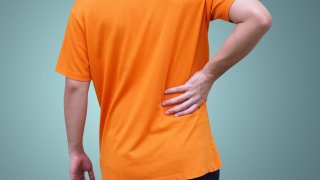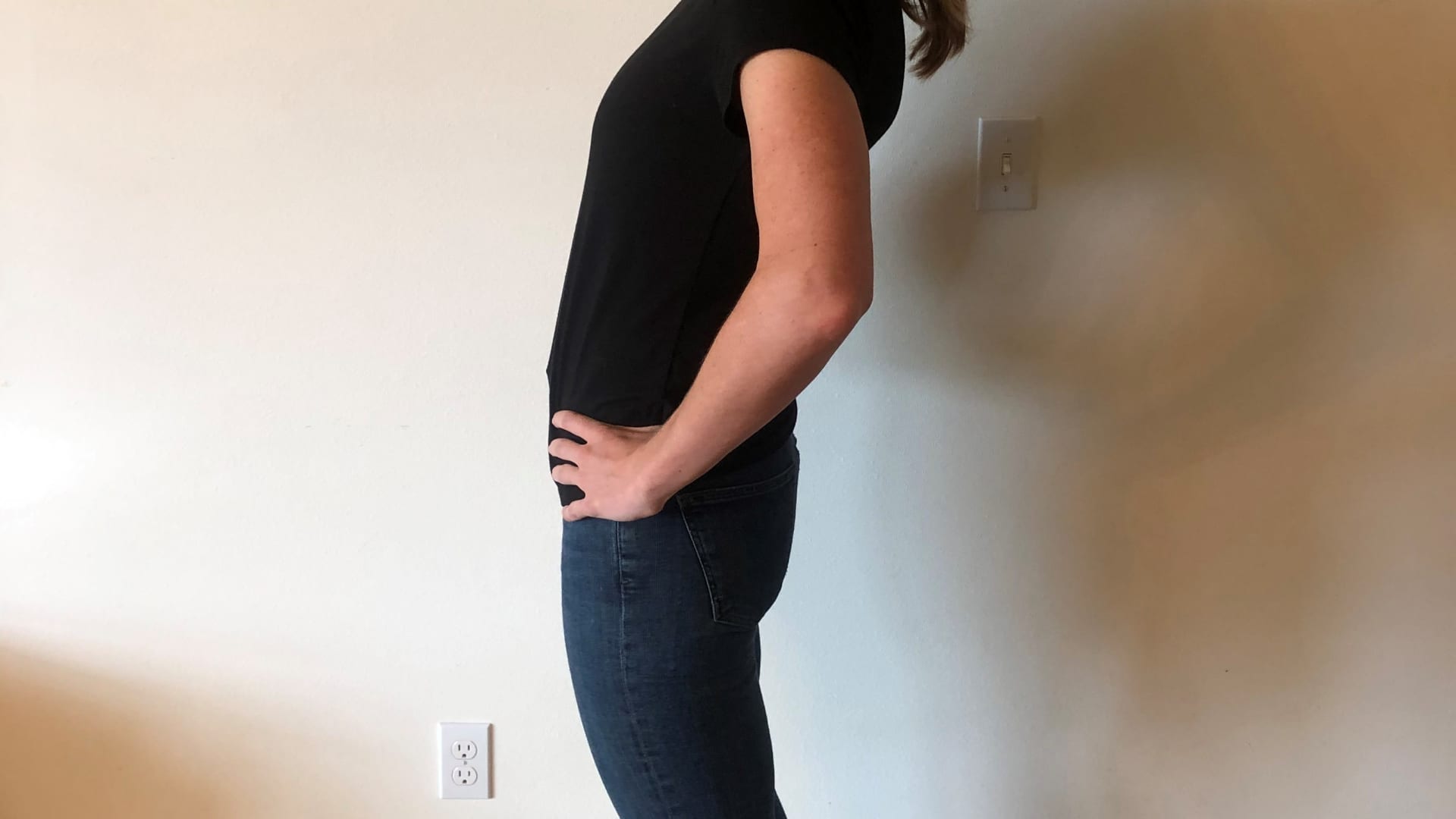
The pandemic has not been kind to our lower backs.
A Gallup poll conducted in January found that 56% of American employees were "always" or "sometimes" working from home, while another survey found that 18% of Americans said they added more than seven hours of daily sitting time to their days in 2020.
As a result, more people are hunched over computers, working in suboptimal and makeshift home offices. Sitting hours at a time in poor posture can increase pressure on the spine and joints.
And most laptop and phone use involve us hunching in a turtle-like posture with our neck and head rounding forward. This can contribute to lower back pain because the discs that cushion our spinal vertebrae are strained.
Get Philly local news, weather forecasts, sports and entertainment stories to your inbox. Sign up for NBC Philadelphia newsletters.
Good posture, exercise and workstation ergonomics (fitting a workstation to your body's unique needs) are key to preventing back pain. But, as a sports medicine physician who specializes in spinal injuries, I always tell my patients that frequent stretching is just as important.
Below is one of my favorite, super easy daily stretches to do as a way to help prevent or relieve lower back pain. (Keep in mind that this might not be for everyone. If you have a physical condition or health concerns, consult with your doctor or physical therapist first.)
Standing lower back extension stretch

I love this stretch because it helps relieve the spinal discs that are under pressure due to prolonged sitting. You can do it three to four times a day, or whenever your back feels tight or sore.
Here's how:
- Stand with your feet shoulder-width apart. Keep your head and shoulders neutral and relaxed.
- Place your hands on top of your pelvis, or on your hips.
- Keep your knees straight as you slowly and gently extend your spine in a slight backward arc (think of it as a small standing backbend).
- Hold the position for five to 10 seconds, then slowly return to the starting upright position.
- Repeat five times, and aim to extend slightly farther each time.
Add a simple modification
You can get more out of this back stretch by adding a chest movement.

Instead of putting your hands on your hips, reach your arms and hands straight above your head. Or, you can put your hands behind your head (with elbows pointing out to the sides). Then complete steps 3 to 4 as noted above.
Money Report
This modification can help open tight chest muscles, prevent shoulder hunching and extend the upper spine. You can also perform this stretch while seated by extending your upper back gently over the chair.
The importance of stretching and moving
It's also smart to add physical activity to your day. The goal is to break up prolonged sitting time and get on your feet. Physical inactivity can cause stiffness in our joints and muscles (hence the saying "motion is lotion").
Even standing and taking a break to stretch or walk around the room every 20 to 30 minutes can do wonders, like improving blood circulation, studies show.
Consider setting reminders on your phone to get up from your desk or try incorporating more standing or walking meetings into your workday.
Dr. Cindy Lin, MD, is the Associate Director of Clinical Innovation for The Sports Institute at the University of Washington Medical Center and an Associate Professor in Sports and Spine Medicine in the Department of Rehabilitation Medicine. Dr. Lin earned her MD from Harvard Medical School. Her research includes biotech innovations, spine and musculoskeletal injuries and sports injury prevention. She has written for HealthDay and UW Medicine, among several other health and medical publications. Follow her on Twitter @CindyLinMD.
Don't miss:
- To 'stay healthy and strong,' a dietician seats these 5 staple foods of the Mediterranean diet
- The world's longest-living people share this hobby—why studies say it can help add years to your life
- Adding this one simple food to your diet may help you live to 100, according to the world's longest-living people
Sign up now: Get smarter about your money and career with our weekly newsletter






